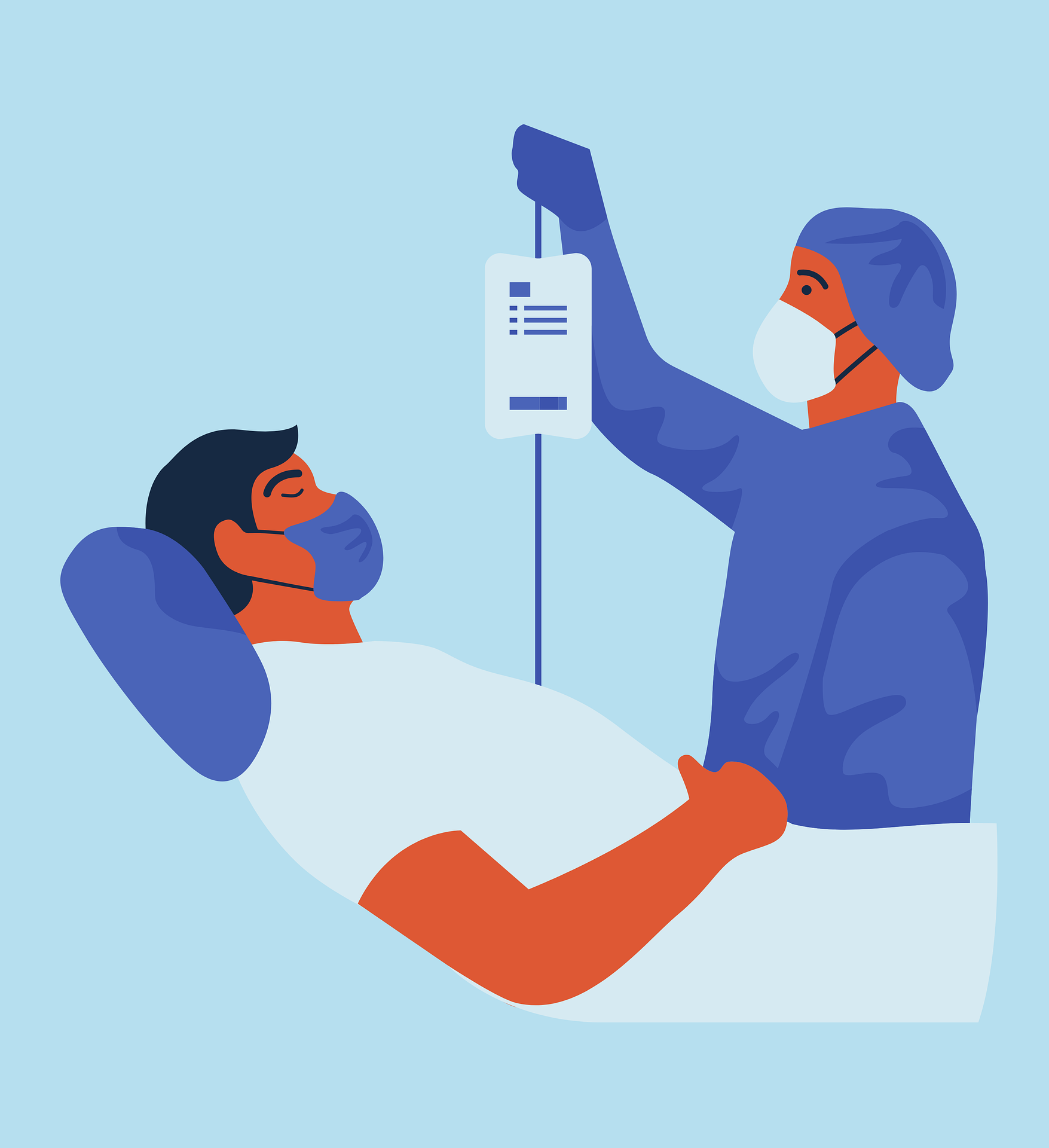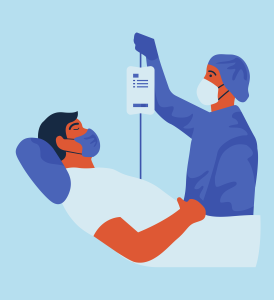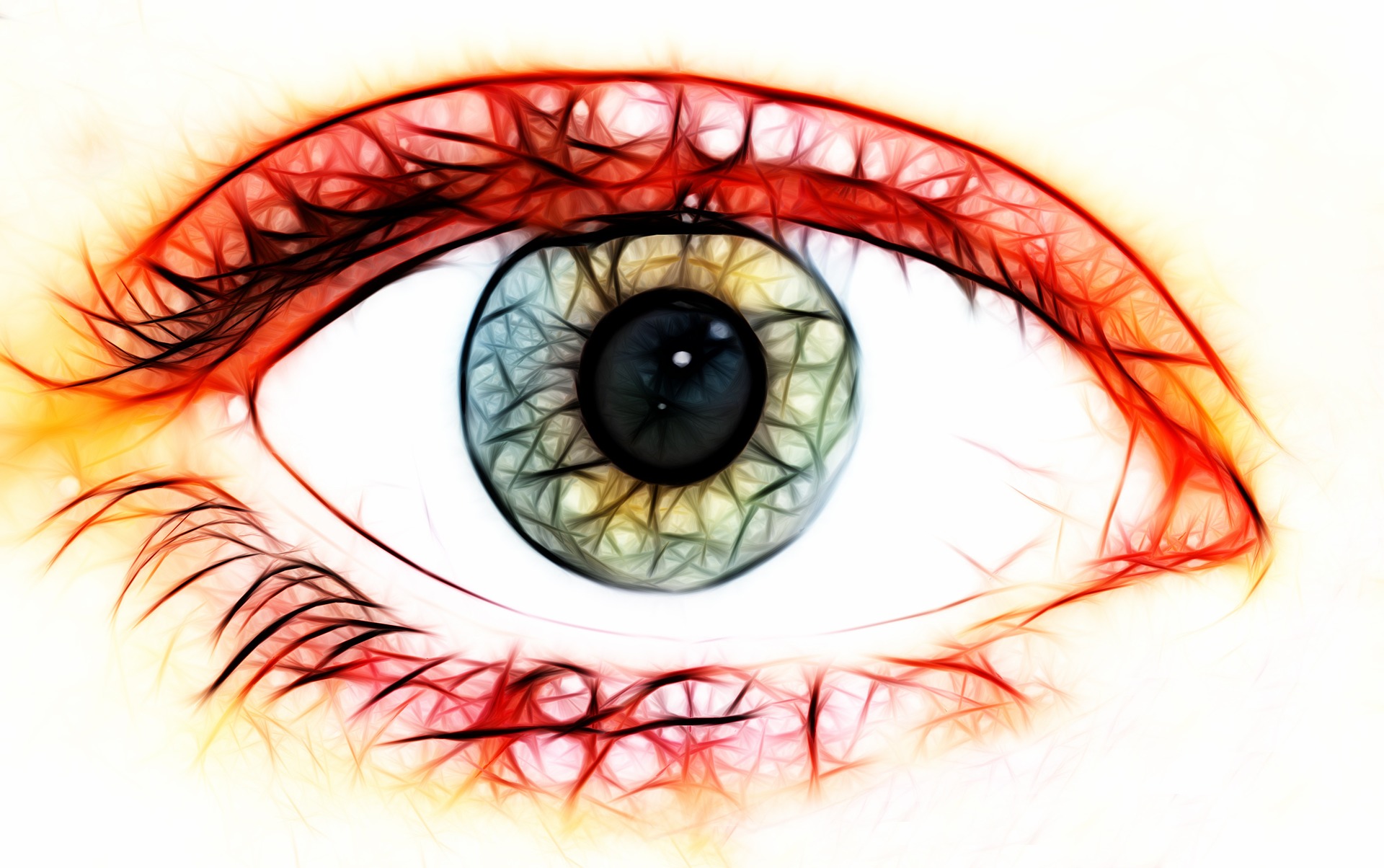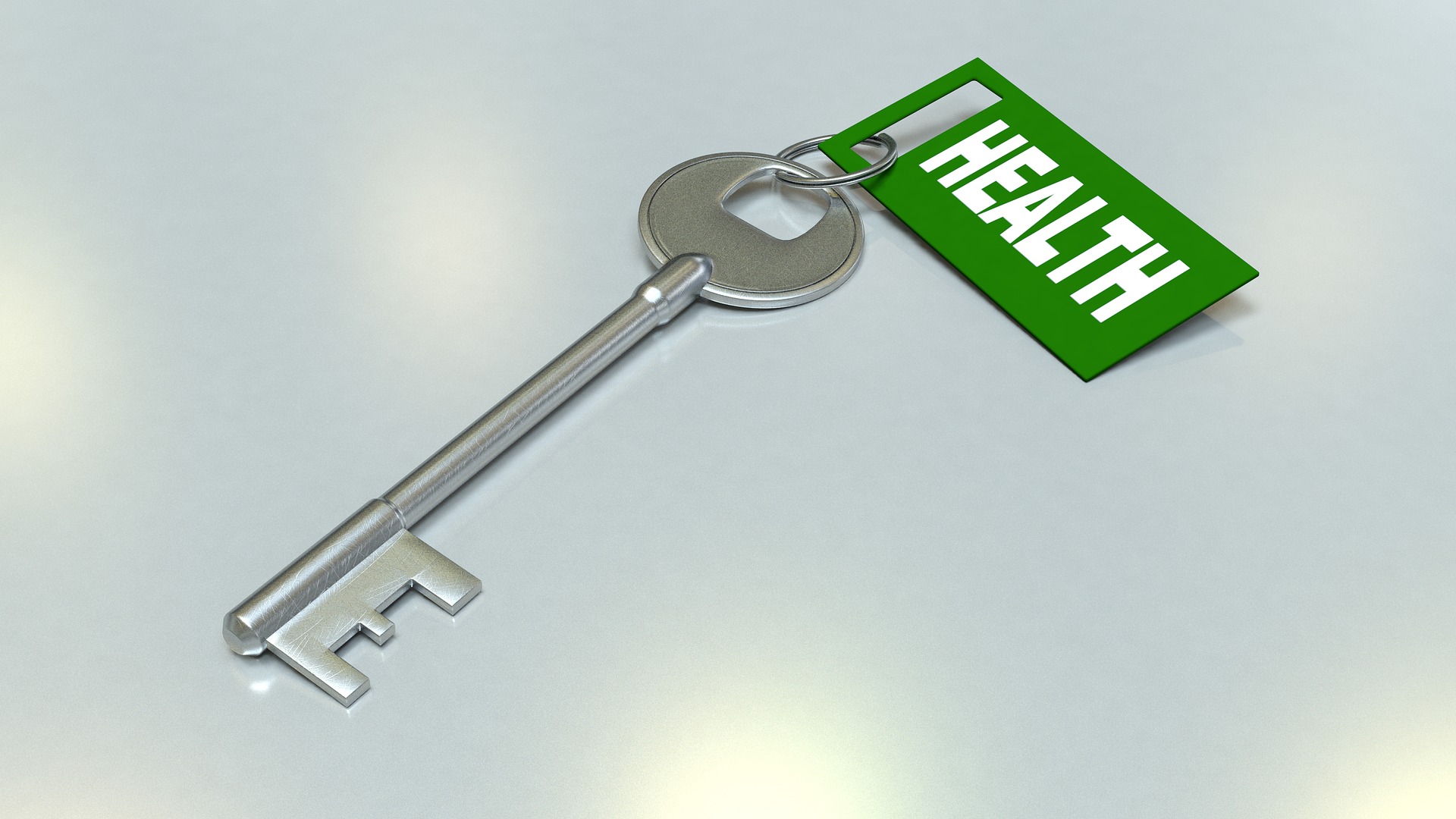
SICKLE CELL COMPLICATIONS IN ALPHABETICAL ORDER – PART 2
HAPPY NEW YEAR! WISHING YOU A BETTER 2021!
Last year, I started a post on the complications that people with Sickle Cell Disorder could encounter during the cause of their lives. Here is the concluding part:-
Hand and Foot. Swelling in the hands and feet usually is the first symptom of SCD. This swelling, often along with a fever, is caused by the sickle cells getting stuck in the blood vessels and blocking the flow of blood in and out of the hands and feet.
Heart problems, including coronary heart disease and pulmonary hypertension. Frequent blood transfusions may also cause heart damage from iron overload.
Infections. The spleen is important for protection against certain kinds of infections. If you have sickle cell disease, a damaged spleen raises the risk for certain infections, including chlamydia, haemophilus influenzae type B, sepsis, salmonella, and staphylococcus.
Jaundice. A yellow cast to the skin and eyes indicates jaundice. Sickle cells die more quickly than normal red blood cells and can overwhelm the liver’s ability to filter them from the blood, leading to a buildup of bilirubin (a byproduct of the breakdown of red blood cells) in the blood. The excess bilirubin results in jaundice.
Joint problems. Sickling in the hip bones and, less commonly, the shoulder joints, knees, and ankles, can decrease oxygen flow and result in a condition called avascular or aseptic necrosis, which severely damages the joints. Symptoms include pain and problems with walking and joint movement. Over time, you may need pain medicines, surgery, or joint replacement.
Kidney problems. Sickle cell disease may cause the kidneys to have trouble making the urine as concentrated as it should be. This may lead to a need to urinate often and to bedwetting or uncontrolled urination during the night. This often starts in childhood.
Leg ulcers. Sickle cell ulcers are sores that usually start small and then get larger and larger. Some ulcers will heal quickly, but others may not heal and may last for long periods of time. Some ulcers come back after healing. People who have sickle cell disease usually do not get ulcers until after age 10.
Liver problems. Sickle cell intrahepatic cholestasis is an uncommon but severe type of liver damage that happens when sickled red cells block blood vessels in the liver. This blockage prevents enough oxygen from reaching liver tissue. These episodes are usually sudden and may happen more than once. Children often recover, but some adults may have chronic problems that lead to liver failure. Frequent blood transfusions can lead to liver damage from iron overload.
Osteomyelitis. Osteomyelitis (both acute and chronic) is one of the most common infectious complications in people with sickle cell disease. Osteomyelitis is an infection in a bone. Infections can reach a bone by traveling through the bloodstream or spreading from nearby tissue.
Pregnancy problems. Pregnancy can increase the risk for high blood pressure and blood clots in women who have sickle cell disease. The condition also increases the risk of miscarriage, premature birth, and low birth weight babies.
Priapism. Priapism is an unwanted, sometimes prolonged, painful erection. This happens when blood flow out of the erect penis is blocked by sickled cells. Over time, priapism can cause permanent damage to the penis and lead to impotence. Priapism that lasts for more than 4 hours is a medical emergency.
Severe anemia. People who have sickle cell disease usually have mild to moderate anemia. At times, however, they can have severe anemia, which is life-threatening.
Stroke or silent brain injury. Silent brain injury, also called silent stroke, is damage to the brain without showing outward signs of stroke. This injury is common and can be detected on magnetic resonance imaging (MRI) scans. Silent brain injury can lead to difficulty in learning, making decisions, or holding down a job.
Other Possible Complications
Damage to body organs (like the liver, heart, or kidneys), tissues, or bones because not enough blood is flowing to the affected area(s). Sickle cells that block blood flow through blood vessels immediately deprive the affected organ of blood and oxygen. In sickle cell anemia, blood is also chronically low on oxygen. Chronic deprivation of oxygen-rich blood can damage nerves and organs in your body, including your kidneys, liver, heart, tissues or bones and spleen. Organ damage can be fatal.
Orthopedic complications of sickle cell disease (SCD) include vaso-occlusive bone pain, osteonecrosis, and infections (osteomyelitis and septic arthritis). Individuals with SCD are functionally asplenic and are at risk for infections that may be life-threatening, and other bone and joint complications can cause severe pain and immobility that significantly interfere with functioning and quality of life.
Psychosocial complications: People with SCD suffer from a high incidence of social and behavioral health complications. Anxiety and depression have been reported to be as high as 28%. Being constantly sick, may cause young children to miss school, limit college and job opportunities for young adults, and reduce career opportunities for older adults. Such losses present significant financial challenges, often limiting access to health care, insurance, and necessary medications. Other issues that may affect patients’ ability to manage SCD effectively, include navigating the time and transportation challenges involved in seeing numerous health care specialists while trying to work and take care of family responsibilities. It is not uncommon for patients to need to see ophthalmologist, orthopedic surgeon, nephrologist in addition to a Sickle cell specialist (hematologist) and primary care team.
A very rare form of kidney cancer (renal medullary carcinomaexternal icon) has been associated with sickle cell trait.
My book: HOW TO LIVE WITH SICKLE CELL: SICKLE CELL and I (is now available on OkadaBooks & Amazon). Pls get your own copy.







